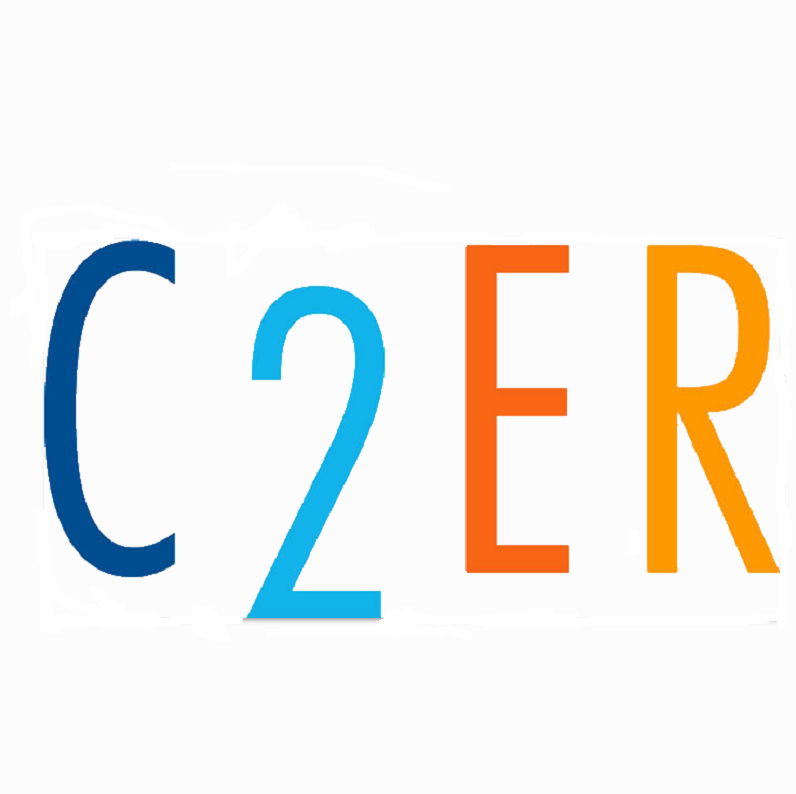Reimagining Data Ecosystems at the C2ER Conference
By: Mandana Nakhai, Senior Research Manager, CareerWise Colorado
As the Senior Manager of Research at CareerWise, my job is to make sure data helps connect students to good jobs through apprenticeships. Unfortunately, fragmented national and state labor market and education data ecosystems make this job difficult. The challenges are well-documented. Workforce, education, and economic development analysts and data systems builders shared challenges and solutions at the 63rd C2ER conference held earlier this year.
As a representative of a community organization that brings together education and industry partners to implement modern youth apprenticeships, I was somewhat unique among attendees. The conference gave me a more nuanced understanding of the diversity of roles in the education and employment data ecosystem and the ways in which breaking down siloes can better support our collective goals. Here is what I learned.
On-the-ground data producers are key to reimagining the data ecosystem
Too often, information flows in only one direction in current labor market information systems. In a healthy data ecosystem, data is part of an ongoing dialogue. On-the-ground data producers like CareerWise are just beginning to gain visibility, as entities that both contribute to, and use, the data to improve programs. As data producers, we have a valuable perspective on data quality as well as data access. This perspective can improve data collection and interpretation. For example, data producers can be engaged in designing information sharing systems.
State agencies are key to utilizing federal workforce data to improve programs
At the conference, attendees from the Michigan Center for Data and Analytics shared a fascinating overview of Michigan’s Workforce Development Program Dashboard and its Apprenticeship Dashboard. The dashboard reports on state and federal workforce programs using the Department of Labor’s Participation Individual Record Layout (PIRL) data template and RAPIDS as a unifier to report aggregate and program-specific enrollment numbers, demographics, and other characteristics of participants over time, including wage and employment outcomes. CareerWise uses this type of national-level evidence, broken down by occupation and demographic, to identify barriers to better outcomes and drive continuous improvement of program design. Aggregating and aligning information gives meaning and context to our work, but also presents challenges that limit the engagement of many would-be data producers and users.
Recentering people in the data ecosystem will help federal, state, and local program administrators
I believe a more human level understanding of data ecosystem roles and the challenges inherent to them will enable more sustainable and effective data sharing processes. Forums like C2ER allow practitioners, researchers, and product managers to expand and refine their models of what the data ecosystem looks like from different vantage points and come to a new understanding of their work within it. By re-centering people in education and employment data, what they aspire to do and the challenges they face, we generate empathy and, ultimately, the human infrastructure that enables the technical capabilities, tools, and processes we seek to build. Consequently, this provides a clearer pathway for students to get the training and credentials they need to thrive in their careers.
If these topics are of interest to you, consider attending the C2ER conference June 2024 in Norfolk, VA and submit a proposal for a session by Friday, October 20.
